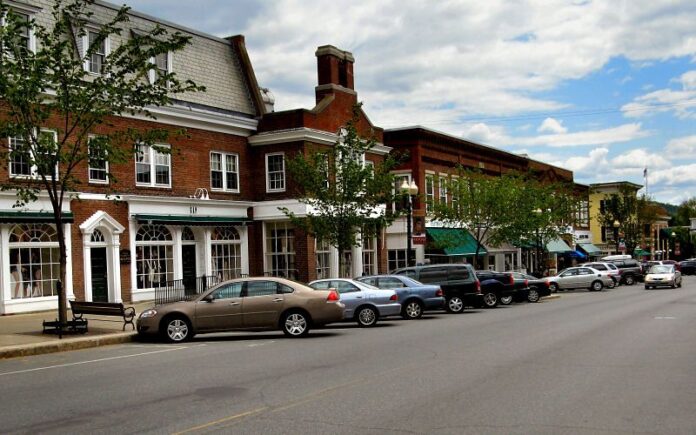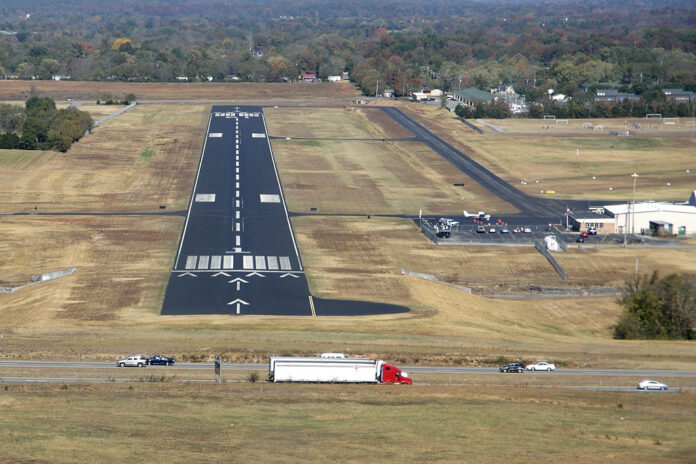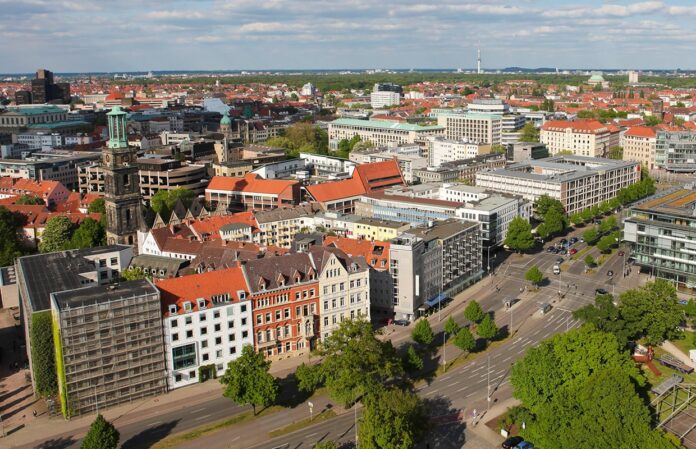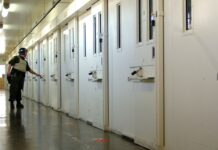Hanover is a tiny city in Grafton, New Hampshire. It has a residential atmosphere, which might be excellent for families looking for more space and a good place to raise kids than larger, more crowded cities. This city ranks highly in terms of a variety of factors and diversity.
Numerous factors contribute to a city being a desirable place to live. One of the most important considerations is cost. Living costs should consume only a little of a person’s earnings. Another essential consideration is employment possibility. An economy must be strong, with a wide range of job opportunities.
A city must also be safe. People should feel safe at night if they go alone, and there should be minor crimes. Another essential factor of consideration is the amenities. A city should have a diverse selection of restaurants, bars, and other places to visit. A city with a lot of parks and greenery is also preferable. Hanover truly has something, which is why it’s such a great place to live.
Living In Hanover

Livability
Hanover, New Hampshire has a population of 11,525. The city provides residents with a residential feel, and most own their homes. There are numerous restaurants, cafés, and gardens. This is home to several families, and its citizens seem liberal. Continue reading to learn more about Hanover. If you want advice for the big move, check out Hanover NH luxury real estate insights such as How to start in a new city, suggestions for understanding whenever you move, and so much more.
Living Expenses
The overall living expenses are around $2,896. The average monthly rent in Hanover, NH, for a one-bedroom apartment in the city center is approximately $2,155, with utilities costing roughly $216. Other costs for one person will be around $957, which includes marketplaces, public transit, food outlets, and leisure activities.
Languages Spoken
English is spoken by 83.41% of residents, while other languages are spoken by 16.59%. Chinese and Spanish languages are spoken by the most significant number of non-English speakers, making up 12.59% of the population.
Education
Education and schools have a “C-” rating, considered good on a state and national level, and still above the national average. This area has high graduation rates, enrollment rates, teacher-to-student ratios, and extracurricular activities. The school district is still outperforming the state average, and children will most likely receive a good education.
Weather
The hot season lasts 3.7 months, from May 26 to September 16, with just an average high temperature of 70°F or higher. The hottest month is July, with average highs of 80°F and lows of 59°F.
From December 1 to March 11, the cold season lasts 3.3 months, with an average daily high temperature of less than 39°F. January is the cruelest month, with an average low of 12°F and a high of 29°F. From October 28 to April 22, the snowy season lasts 5.8 months, with a sliding 31-day snowfall of at least 1.0 inches. January has the most snow, with an average snowfall of 12.5 inches.
Hanover experiences rain all year. October is the wettest month, with an average rainfall of 3.5 inches. January has the least precipitation, with an average rainfall of 1.0 inches.
Transportation

Lebanon Municipal Airport (LEB) is the nearest airport to Hanover and is located 5.3 miles from the city center.
Traveling by bus is very popular among those visiting the city. Bus tickets start at $22 for a short trip, while a 60 to 200-mile bus trip begins at, and a long bus trip to Hanover can be as low.
A journey from outside your region will cost as little as $34. Hanover Inn – 2 E Wheelock St is the busiest bus station. It has the most buses that arrive and depart as Hanover’s central station. Hanover Inn, on the contrary side, is a popular alternative.
Location of Birth
86.37% of residents were born in the United States, with New Hampshire accounting for 11.03%. 12.10% of residents are not citizens of the United States. The majority of those not born in the United States are from Asia.
Crime
Hanover is considered a secure community. The crime rate is low in comparison to other cities of its size, and there are many family-friendly activities in the city. However, as with any city, some areas are more dangerous than others. Of course, no city is entirely crime-free. On the other hand, this city is a safe place to work, live and raise a family. This is an ideal place to reside because of its low crime rate.
Poverty Rate
Asians are the most likely to be poor in Hanover, accounting for 15.93% of the population. Spanish is the least likely to be deficient, with 4.65% under the poverty line. The poverty rate among those who worked full-time in the previous year was 1.17%. It was 24.18% among those who worked part-time and 39.55% among those who did not work.
Population
It is the 4407th biggest city in the States and the 19th biggest city in New Hampshire, with a 2020 population of 9,166. Hanover’s population has grown by 0.97%, which showed a population of 9,078 in 2020, and is now rising at a rate of 0.48% annually. Hanover has a population density of 2,027 persons per square mile.
Hanover Demographics
The demographics of a city are significant for several reasons. Knowing the average resident’s income, age, and education level helps businesses choose where to put their operations. They may also gain insight into the kinds of goods or services in demand. Demographics can affect how government authorities plan new architectural projects and create budgets. And for those moving on their own, it might be useful to be aware of a city’s demographics because it can help you predict your surroundings and the flow of the neighborhood.
Conclusion
Hanover is a town with a diverse ethnic population. Here residents describe themselves as belonging to various racial and ethnic groups. The most common race reported by residents is White, followed by Asian. Hanover is home to both wealthy and impoverished citizens. This city is a decidedly white-collar town, with white-collar jobs accounting for 91.82% of the workforce, well above the national average. So, it is the finest place to grow and live.






![Calgary’s Hottest Neighborhoods for Luxury Homebuyers [2024]](https://thewashingtonote.com/wp-content/uploads/2024/04/Calgary-324x160.png)



